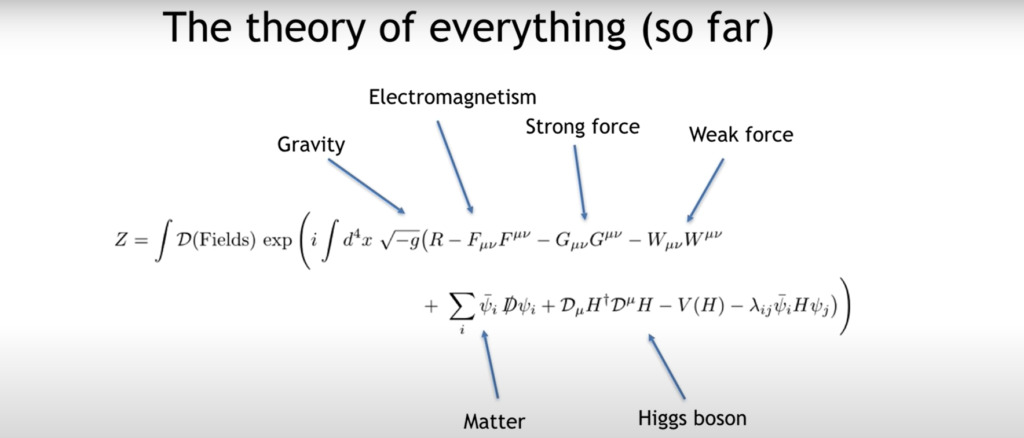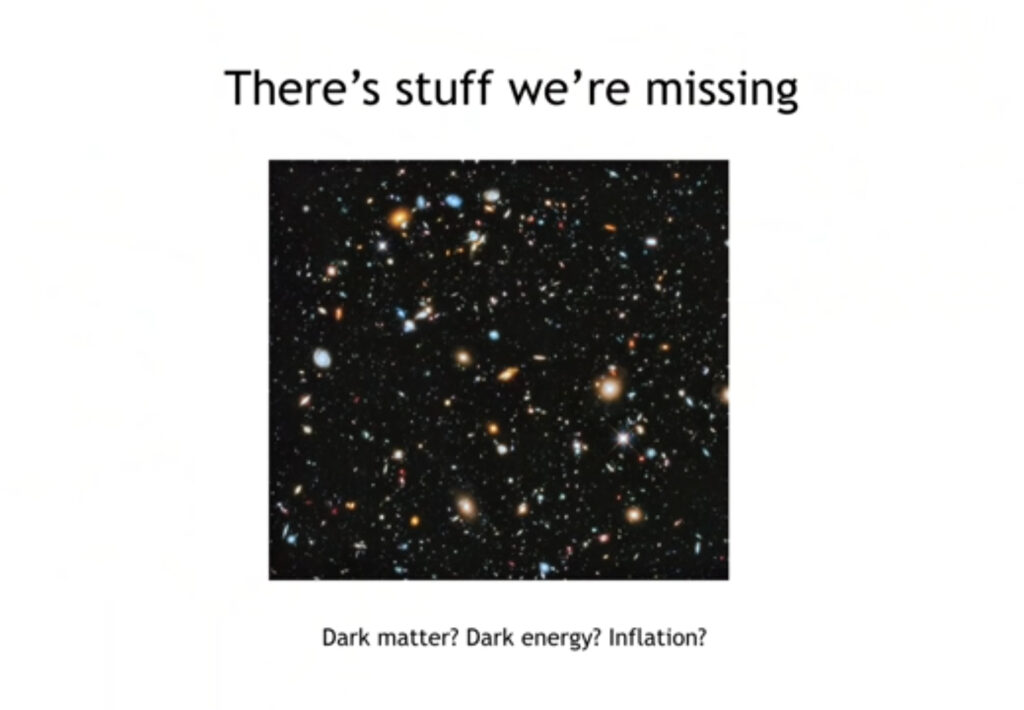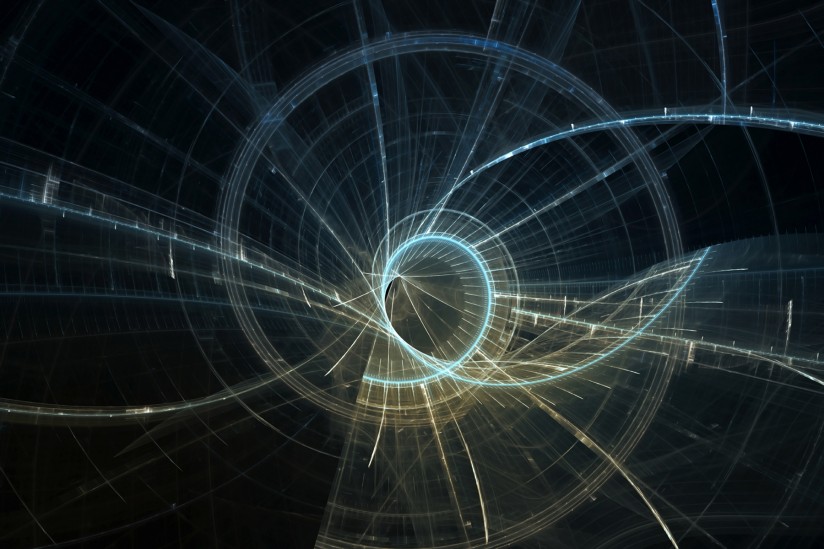Over the years, physics has made drastic changes, bringing in new theories discarding the previous ones. But many times it so happens that the previous theory is not completely discarded only because it is more intuitive than the new one.
Maxwell introduced the word ‘field’ when he was working with magnetic force, and this is the case with the theory of fields. He noticed that one magnet was able to deflect another magnet without being in physical contact with each other. For that era, it was something new, and by using symmetry, he similarly introduced ‘electric fields’ and combined them to form ‘electromagnetic fields’.
Quantum Field Theory and the particles
It’s been many years since Quantum Mechanics came into the picture, (dealing with things at lower scale) with the known theory of fields and the QM physicists introduced “Quantum Field Theory”. It was a completely new idea. This theory predicted that not only the electromagnetic force but all the fundamental forces (except gravity) are associated with fields. What was left out was the things we see, things we touch,… then QFT went a step ahead and said, “all the things we call particles are not particles, they are actually vibrations in fields”.


The Standard Model
Consisting of 12 fundamental particles (6 quarks and 6 leptons) describing matter and 4 particles for fundamental forces (now 5 with the addition of the Higgs Boson). The Quantum field theory replaced all these particles with fields. Take for example an electron, there is this electron field spread all across the universe. If there us a lump of energy at any point in the field, it is called an excitation, and this excitation is called the electron.
Suppose you have two electrons, they are the excitations of the same fundamental electron field. Now, the question arises how do these electrons interact with each other. All of these fields exist everywhere, at any place there will be a certain value of each field. Now suppose there is an excitation in the electron field, it starts oscillating up and down vigorously. This causes it to interact with the electromagnetic field which produces light (not necessarily in the visible region) by causing a fluctuation in the electromagnetic field. This fluctuation travels as a wave and may interact with another electron or proton. This was the brief idea of the field theory.
When someone tells you “You don’t understand me…” just tell him/her “You are full of quantum fields and I don’t understand it”
Recently in 2012, Higgs Boson was discovered, confirming one more prediction of the standard model, i.e the Higgs field responsible for the mass of the particles. Discovery of the Higgs Boson was a very important discovery, not only because it was a prediction, but also because it was the last prediction of the standard model, making it a complete theory.
So, we had fields for particles and forces, can we just write them down in a single equation, forming a theory of everything?

Theory of everything and the unsolvable equation
This is the equation physicists gave, but the problem is that no one really knows how to solve this integral. But, we can go one step ahead and ask, “the terms corresponding to the Strong force, Weak force and the Electromagnetic force are similar, can we just merge it into a single term?” Physicists did that, and came up with the “Grand Unified Theory”. Now, the question arises that can we merge all the terms of the equation into a single term? Physicists coined the term ‘string theory’ for that. It all sounds so great, that we can finally have a single term explaining everything. But the results were not so great.
LHC does not confirm the predictions done by the GUT and the string theory. There can be several reasons for that, maybe LHC needs greater updates to bring out such predictions or maybe it requires more patience. This is what LHC is working on from the past several years.
Previously we said the equation was “equation for everything” that was not completely true. It was only true for all the experiments we have done so far. There are a few things the equation does not contain any information about. : Inflation, Dark matter, Dark energy and so on.

There has not been any successful theory regarding these matters but the hunt for a “complete theory” is still on…
First, we had particles, then came fields, and who knows what will come next…




[…] similar ad-hoc was introduced in the Quantum Field Theory (QFT) formulation of reality. QFT tells that all of the universe is nothing but fields, different fields […]